


Welcome to my webpage!
My name is Foteini Oikonomou and I am an associate professor at the Astrophysics and Particle Physics Section of the Physics Department of the Norwegian University of Science and Technology.
The goal of my research is to understand how extreme astrophysical environments accelerate particles and radiation to energies exceeding 10^20 electronvolt (millions of times higher than the energy of protons accelerated at the Large Hadron Collider at CERN). I am also very interested in the origin of high-energy neutrinos. I use multimessenger (radiation, cosmic ray, neutrino) observations to probe the physical conditions in relativistic sources, mainly jetted Active Galactic Nuclei.
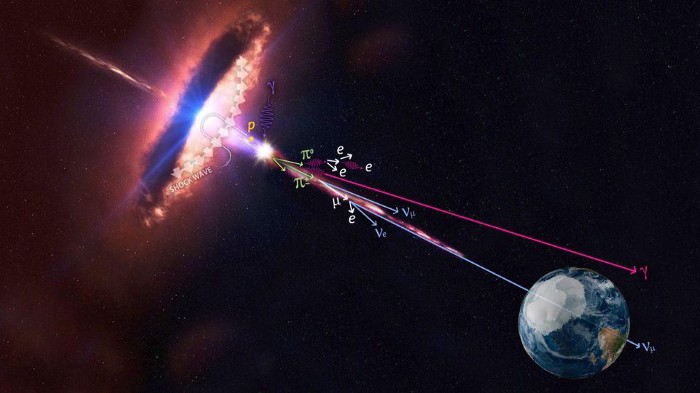
Active Galactic Nuclei (AGN) hosting relativistic jets are the most luminous, persistent sources of radiation in the Universe. When the jets happen to be aligned with the observer's line of sight, we refer to these sources as blazars. Blazars form the overwhelming majority of known sources of gamma-ray emission in the Universe. As such, they are the best studied cosmic accelerators of high-energy particles. However, many questions remain open about the nature of blazar radiation. How and when do astrophysical jets form? What is the particle content of relativistic jets? What mechanisms lead to the production of high-energy radiation? What is the role of jetted and non-jetted AGN as sources of the highest energy cosmic rays and high-energy neutrinos? These are some of the questions my group's work addresses with numerical simulations of the multimessenger emission from these jets.
Image Credit: Artist’s representation of an active galactic nucleus (AGN) at the center of a galaxy. NASA/CXC/M.Weiss
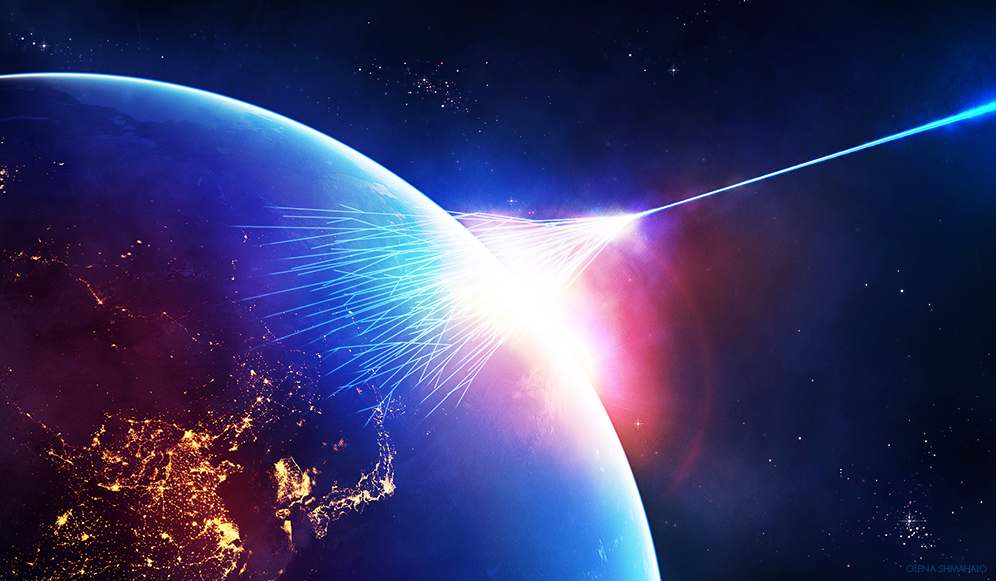
The astrophysical sources of the highest energy cosmic rays are an enduring mystery. However, with the wealth of observations that have been collected in the last decade with the Pierre Auger Observatory and the Telescope Array we are increasingly able to constrain the properties of the mysterious accelerators, including their number density, the chemical composition of the cosmic rays they accelerate, and the maximum energy that they tend to reach. These, in turn, help understand other properties of these violent environments, such as the photon and particle density, and proximity to regions of strong gravity. I focus on characterising these violent astrophysical processes, scrutinising available experimental data by means of modelling, and look for hints that will eventually lead us to the answer to this cosmic puzzle.
UHECR illustration from Quanta Magazine and Nasa Visible Earth
We have learnt a great amount about the high-energy Universe in recent years, including highlights such as the existence of high-energy astrophysical neutrinos with IceCube. However, we have yet to identify point sources of ultra-high energy cosmic rays and high-energy neutrinos. We have also not yet observed ultra-high energy neutrinos or photons which are guaranteed to exist as a result of the interactions of ultra-high energy cosmic ray interactions. To further this research field we are working to develop future ultra-high energy and neutrino observatories. I am a participating scientist in the Giant Radio Array for Neutrino Detection (GRAND) collaboration, Global Cosmic Ray Observatory (GCOS) project, and NASA's Probe of Extreme Multi-Messenger Astrophysics (POEMMA) mission concept which are currently under consideration as next-generation astroparticle facilities. My group's focus is the development of benchmarks for the science case of these facilities in order to maximise the scientific return of the upcoming experiments.
Image Credit: Creation and propagation of ultra-high energy particles in the Universe. Science China Press
Black holes give rise to the most extreme cataclysmic events in the cosmos. We work on topics aimed to elucidate what is the origin of cosmic rays and how it relates to the dynamics of jets and relativistic winds surrounding black holes.
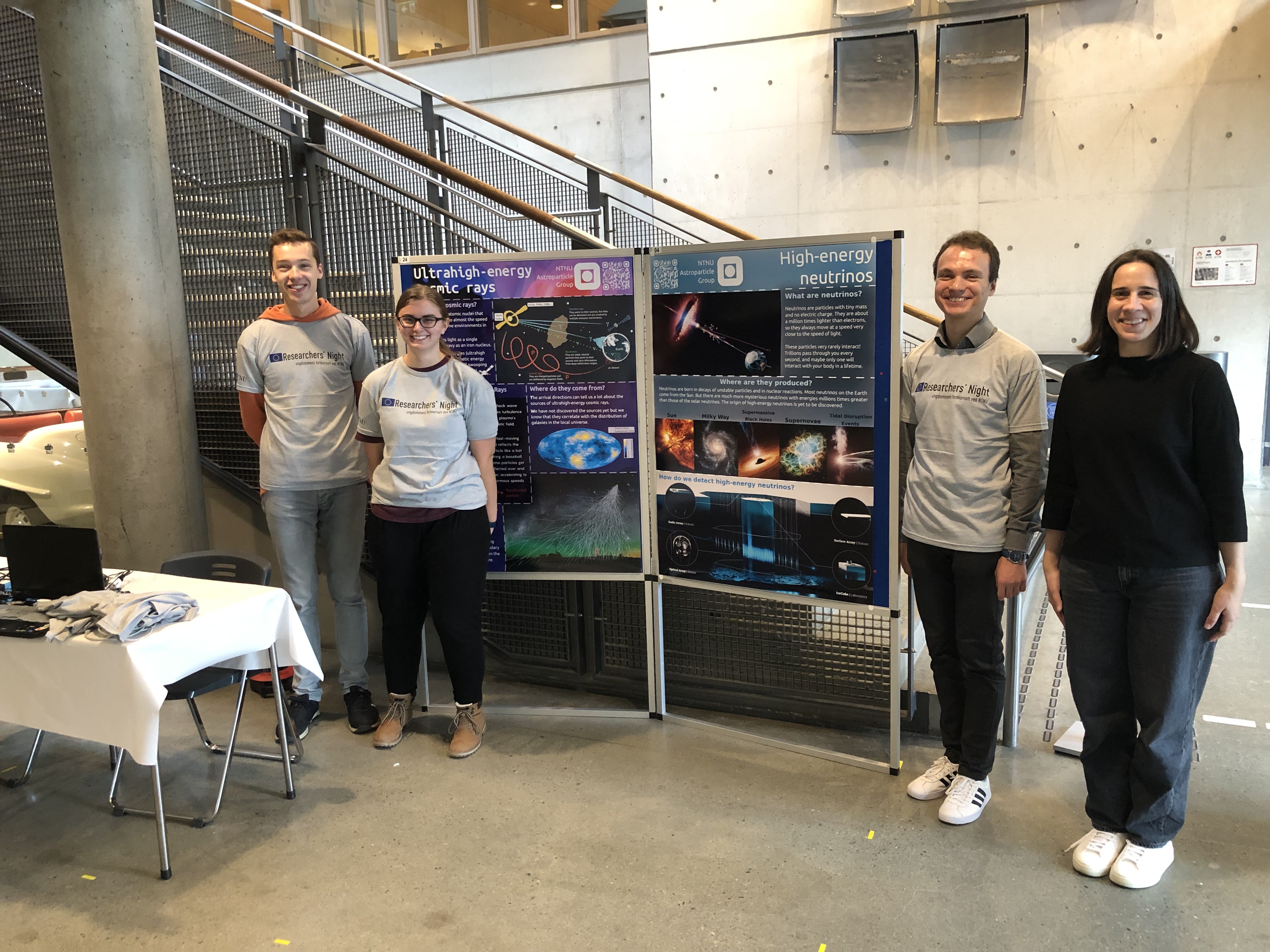
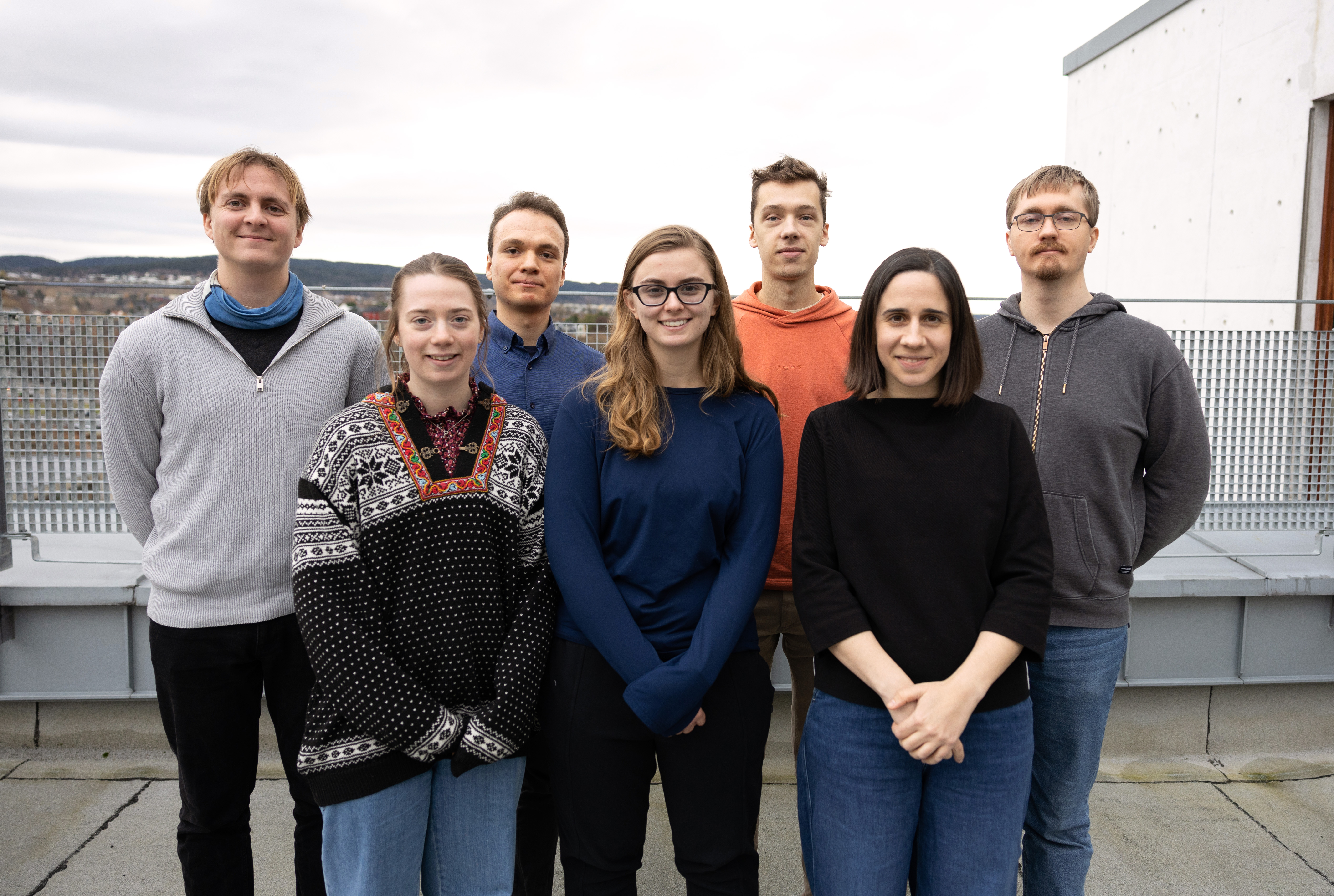
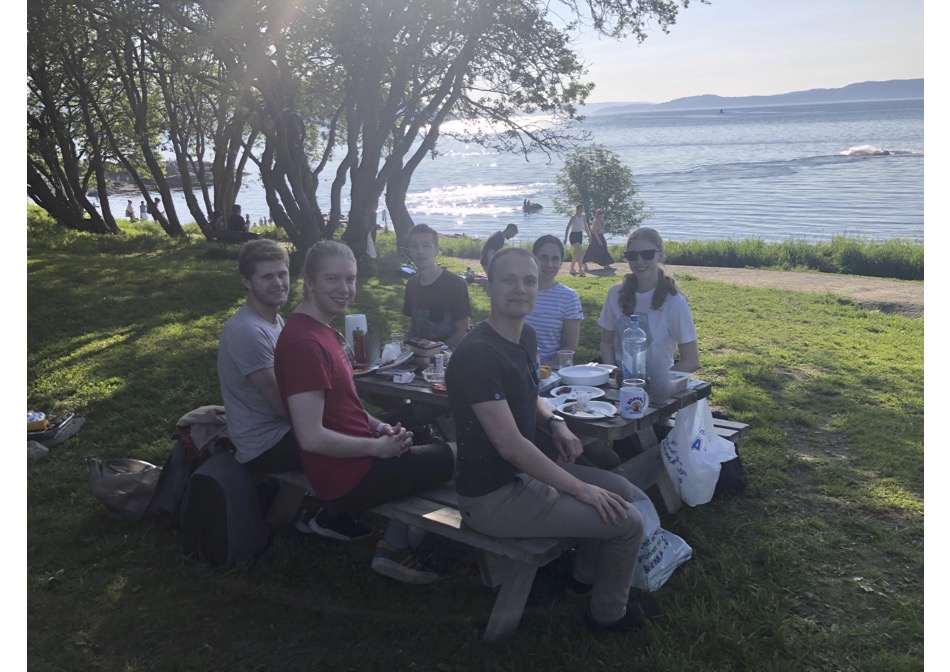


Ultra-high energy cosmic rays
Gamma-ray emitting transients
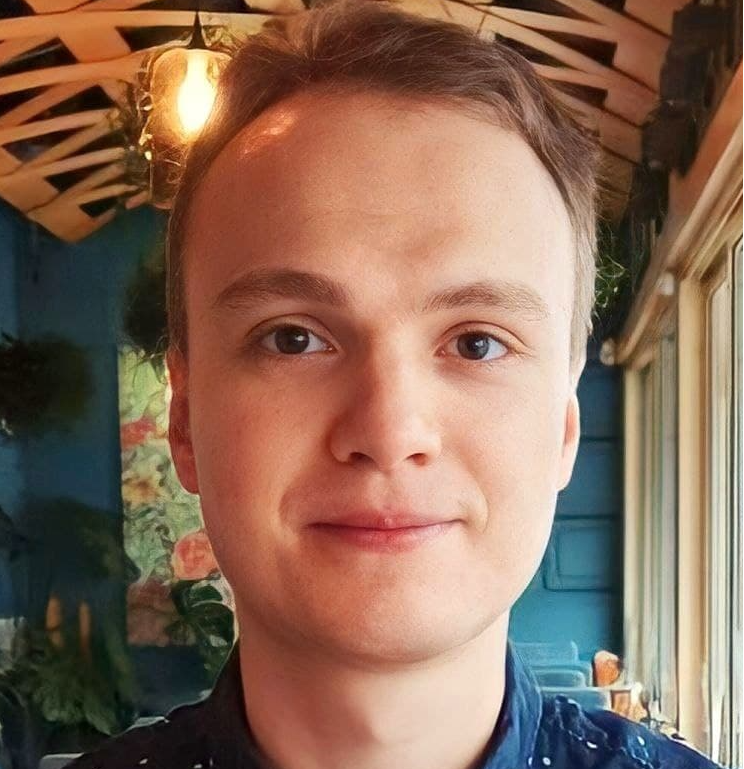
Blazar multimessenger emission

High-energy neutrino emission from AGN

Ultra-high energy cosmic rays

Narrow Line Seyfert 1 Galaxies

The Bethe-Heitler process in astrophysical environments


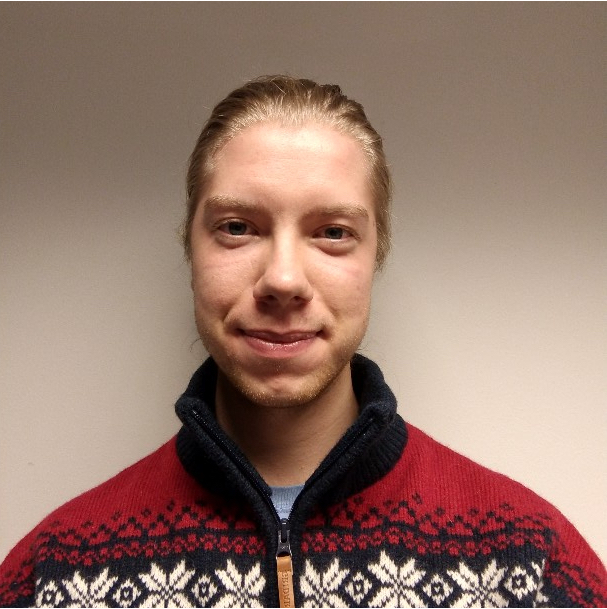
UHECR and high-energy neutrino production rate models for various AGN subtypes
(now PhD at CP3, Catholic University of Louvain)

Ultra-high energy cosmic rays
Machine Learning
(now research assistant in Quantum Computing at NTNU)

Modelling of FR0 galaxy spectral energy distributions
(now PhD at Uni. Wuppertal)

Our recent work on the maximum rigidity distribution of ultra-high energy sources was selected as the Editor's suggestion in PRD

Our recent work on the multimessenger emission from NGC 1068, led by Björn Eichmann was featured in Astrobites
I grew up in Athens, Greece. I moved to the UK for undergraduate studies in Astrophysics at University College London.
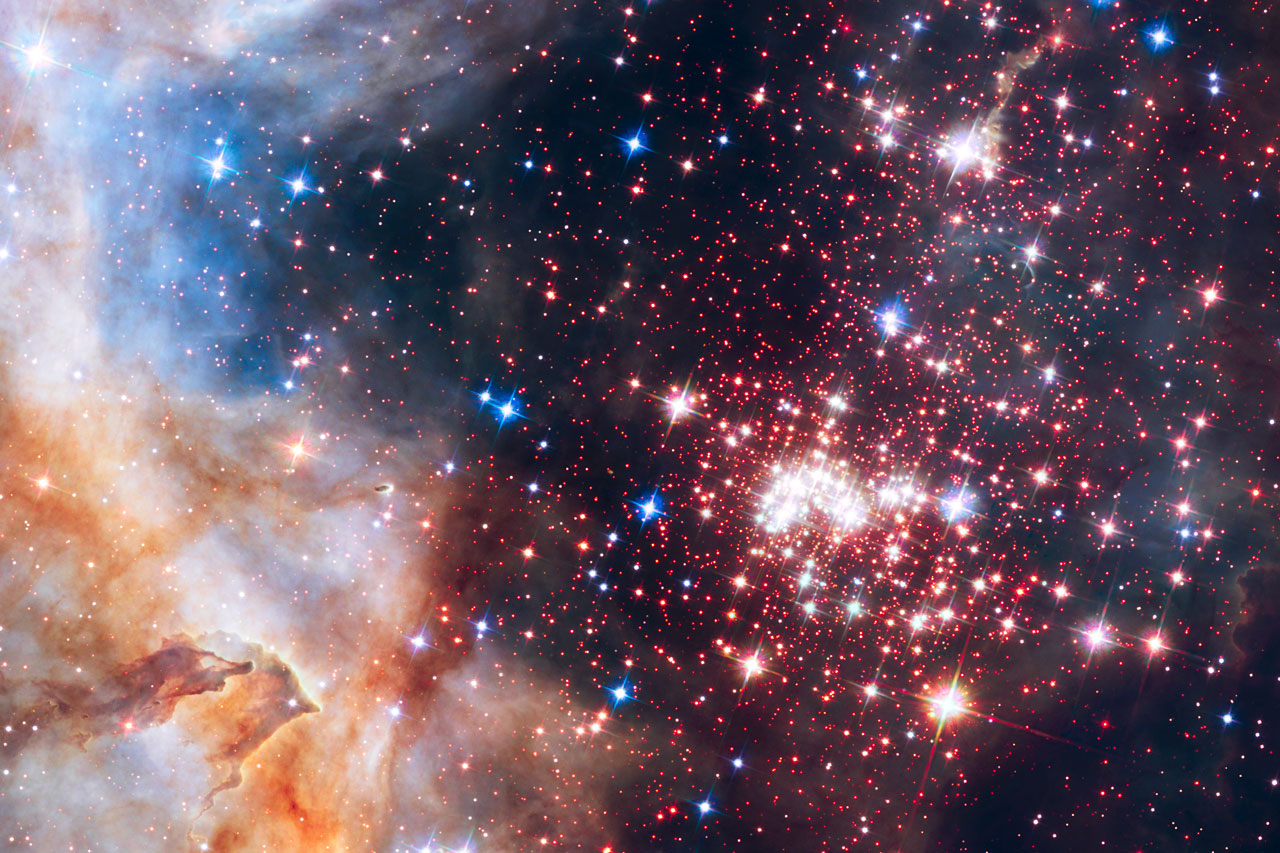
Image Credit: NASA, ESA, the Hubble Heritage Team (STScI/AURA), A. Nota (ESA/STScI), and the Westerlund 2 Science Team
Høgskoleringen 5, Realfagbygget D5-129
Institutt for fysikk NTNU
7491 Trondheim
foteini.oikonomou at ntnu.no